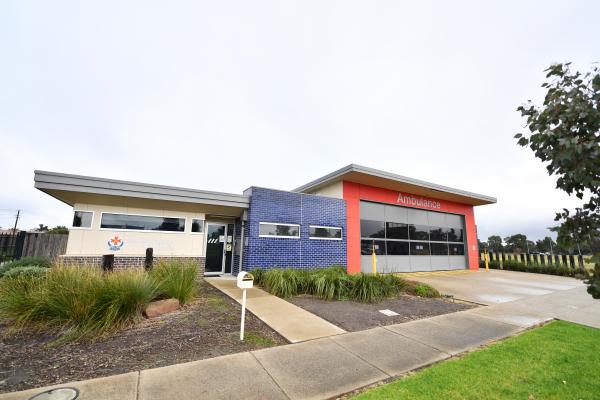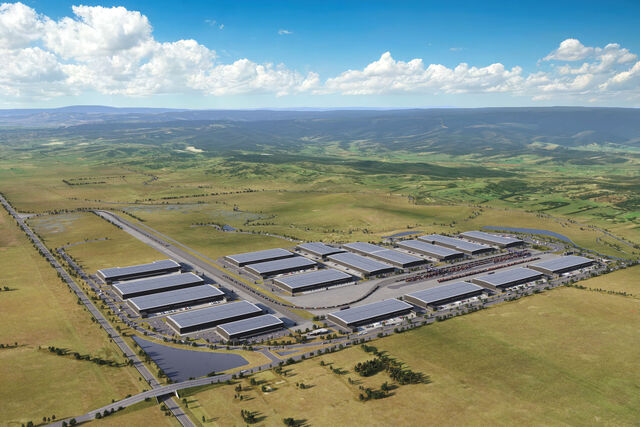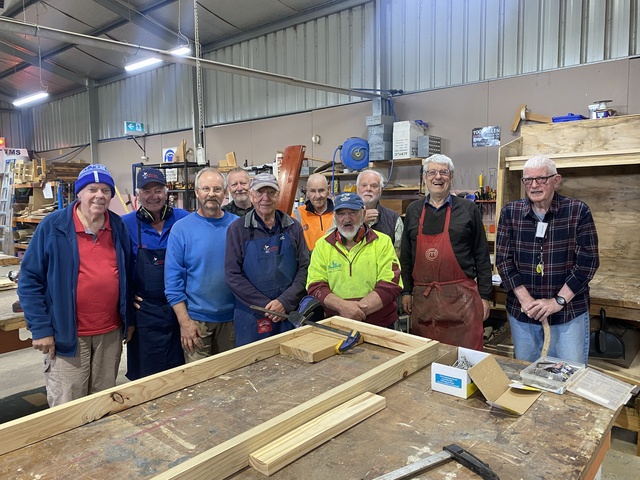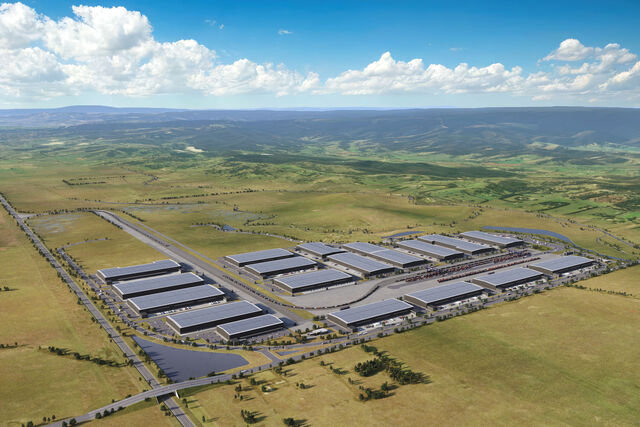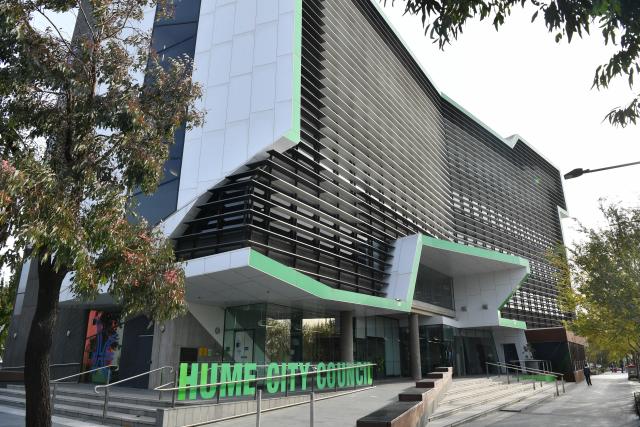The amount of time Hume and Whittlesea residents spend waiting for an ambulance has increased, according to recent data.
Ambulance Victoria (AV) recently released its June performance data, which showed an increase in response times for both code one and two incidents.
According to AV, code one incidents are those requiring urgent paramedic and hospital care, and code two incidents are those that are acute and time sensitive, but do not require a “lights and sirens” response.
The data revealed that for the June 2021 quarter, Hume residents waited an average of 14 minutes, 26 seconds for a code one ambulance response, while Whittlesea residents waited an average of 13 minutes, 57 seconds.
The AV average wait time was 13 minutes, 44 seconds.
The data also revealed the average wait time for code two incidents for the same quarter was 37 minutes, 48 seconds in Hume, and 36 minutes, 48 seconds for Whittlesea.
The AV average was 36 minutes, 57 seconds.
Victorian Ambulance Union secretary Danny Hill said an increase in code one incidents statewide meant AV staff were “exhausted”.
“There were 84,441 code one cases in [the June 2021] quarter compared to 66,906 in the same quarter the previous year,” he said.
“That increased workload is having a massive effect on our members and a lot are hitting burnout.
“There is no downtime, they are regularly missing meal breaks and are working dangerous amounts of incidental overtime.”
A Department of Health spokesperson said the COVID-19 pandemic had a “lasting impact on health systems across the country, including increased demand on our ambulance services”.
“That’s why we’re investing more than $759 million to deliver more paramedics, more beds and new types of triage, to boost capacity and help Victoria recover faster,” they said.
“We continue to work closely with our ambulance services to identify where the need is most so we can target initiatives to address the demand and ensure they are supported for the extraordinary work they do to keep Victorians safe.”

